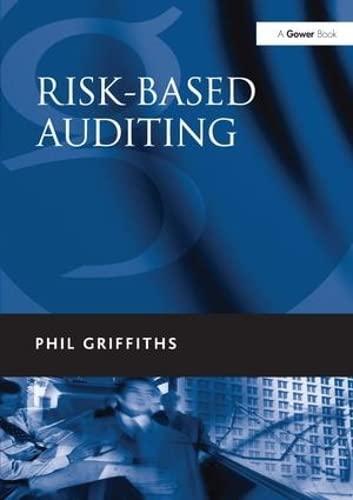
1. (6 points). Market Equilibrium in a perfectly competitive market. Milk, like other agricultural goods, is often thought of as a perfectly competitive market. Assuming that the market demand and supply curves are the following: Qd(P)=54,472800PQs(P)=128+1300P(MarketDemand)(MarketSupply) Assume that milk is measured in 100s of pounds (cwt. sh.) and the price is measured in dollars. a. Calculate the market equilibrium price and quantity 2. (6 points). Profit Maximization in a perfectly competitive market. You are the manager of a dairy farm in California. Using the market price that you calculated in question 1 and assume that your farm's weekly cost function is the following: TC(Q)=$19,600+$12Q+$0.0025Q2 a. What is the profit maximizing output level (Q) for your farm? b. What are your farm's profits at the profit maximizing output level? c. Is this market at its long-run equilibrium? If yes, explain why. If not, discuss what will happen to restore the market to its long-run equilibrium. 3. (6 points) Comparative Statics. The California Milk Processor Board runs a successful advertising campaign that makes people want to consume more milk. a. Discuss how this will affect the short-term demand curve for milk b. Discuss how this will affect the short-term supply curve for milk c. Use a graph showing demand and supply curves to show how this affects the equilibrium price and quantity. Make sure your demand and supply curves follow the law of demand and supply, the curves and axes are appropriately labeled, arrows indicating movement of curves are shown, and the old and new equilibrium prices are quantities are clear. NOTE: YOU CAN DO THIS QUALITATIVELY. That is, You do not need to show exact prices and quantities on your graph. 1. (6 points). Market Equilibrium in a perfectly competitive market. Milk, like other agricultural goods, is often thought of as a perfectly competitive market. Assuming that the market demand and supply curves are the following: Qd(P)=54,472800PQs(P)=128+1300P(MarketDemand)(MarketSupply) Assume that milk is measured in 100s of pounds (cwt. sh.) and the price is measured in dollars. a. Calculate the market equilibrium price and quantity 2. (6 points). Profit Maximization in a perfectly competitive market. You are the manager of a dairy farm in California. Using the market price that you calculated in question 1 and assume that your farm's weekly cost function is the following: TC(Q)=$19,600+$12Q+$0.0025Q2 a. What is the profit maximizing output level (Q) for your farm? b. What are your farm's profits at the profit maximizing output level? c. Is this market at its long-run equilibrium? If yes, explain why. If not, discuss what will happen to restore the market to its long-run equilibrium. 3. (6 points) Comparative Statics. The California Milk Processor Board runs a successful advertising campaign that makes people want to consume more milk. a. Discuss how this will affect the short-term demand curve for milk b. Discuss how this will affect the short-term supply curve for milk c. Use a graph showing demand and supply curves to show how this affects the equilibrium price and quantity. Make sure your demand and supply curves follow the law of demand and supply, the curves and axes are appropriately labeled, arrows indicating movement of curves are shown, and the old and new equilibrium prices are quantities are clear. NOTE: YOU CAN DO THIS QUALITATIVELY. That is, You do not need to show exact prices and quantities on your graph







